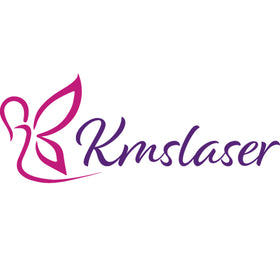Best Practices for Performing Shockwave Therapy Safely
Why Safety Protocols Are Essential in Shockwave Treatments
Shockwave therapy is a powerful and effective tool for treating a range of conditions—from chronic pain and cellulite to erectile dysfunction. However, like all therapeutic modalities, its safety depends on proper use. Following best practices not only prevents injuries but also enhances clinical outcomes and client satisfaction. When performed with quality equipment like the KMSLASER 4-in-1 Shockwave Therapy Device, treatment is non-invasive, comfortable, and safe across various indications.
| Safety Principle | Why It Matters |
|---|---|
| Use correct settings for each indication | Avoids over-stimulation or under-treatment |
| Never treat over bone protrusions | Prevents periosteal irritation or bruising |
| Apply adequate gel at treatment site | Ensures soundwave transmission and comfort |
Client Screening and Preparation
Not every patient is an ideal candidate for shockwave therapy. Before starting treatment, perform a thorough intake assessment:
- Check for pacemakers or electrical implants
- Screen for active infections, open wounds, or tumors
- Assess pain thresholds and health history
- Explain what the treatment will feel like
| Contraindication | Reason to Avoid Shockwave |
|---|---|
| Pregnancy | Insufficient safety data |
| Uncontrolled bleeding disorders | Risk of internal bruising or hematoma |
| Severe neuropathy | Client may not detect pain signals |
During Treatment: Technique and Monitoring
Safe application involves more than just turning on the machine. The technique and communication used throughout the session are critical to avoiding discomfort or injury. Treatment best practices:
- Maintain constant, gentle movement of the handpiece
- Avoid pressing too firmly—let the pulse do the work
- Check in with the client every 30–60 seconds
- Start at a lower intensity and build based on feedback
| Monitoring Tip | Why It Matters |
|---|---|
| Client feedback on pain or tingling | May indicate need to lower energy level |
| Visual signs of skin redness or swelling | Potential over-treatment zone |
| Fatigue in operator grip | May affect handpiece control |
Conclusion: Safety Is a Skill, Not Just a Setting
Shockwave therapy is incredibly safe when practitioners follow correct protocols and use well-designed equipment. By preparing thoroughly, screening patients, and adjusting technique in real-time, you can deliver powerful outcomes with minimal risk. Explore our versatile Shockwave Therapy Equipment with built-in safety presets and multipurpose functionality.
📞 Want a printable shockwave safety checklist or pre-screening form?
Email sophia@kmslaser.com or WhatsApp +86 18676839070




